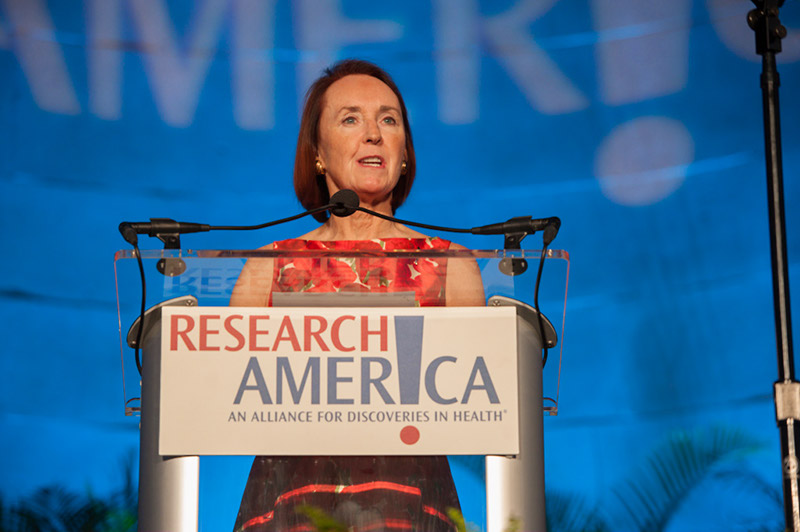Show Your Work

Reviews of the first months of the pandemic (and beyond) typically begin with acknowledging failures of communication — the failure to say (or consistently say), “here’s what we know now, here’s what we don’t know, and we will update you regularly as science and public health learn more… and we will listen to your concerns… we are in this together.”
In a commentary in Undark published today, astrophysicist Paul M. Sutter, PhD, convincingly argues the case for integrating science communications into science education and practice.
The compelling need for improved science communication was a recurring theme during the National Academy of Medicine annual meeting (this link will take you to session recordings of the annual meeting, which should be posted in the next week or so – I promise you will be glad you tuned in!)
- OSTP Deputy Director for Science and Society Alondra Nelson, PhD, urged scientists to “show your work” (i.e. the “two steps forward, three steps back” nature of science) to engage in a more lasting, bilateral, and meaningful way with those who are looking to science for answers.
- Harvard T.H. Chan School of Public Health Dean Michelle Williams, ScD, observed that we must not only have “break-through,” but “follow-through,” including accessible and evidence-based delivery to the community.
- The last comment taken from the audience at the meeting — offered by Sam Silverstein, PhD, an emeritus Research!America Board member — was a plea to the NAM to “give us our marching orders” — help members of the Academy and the broader stakeholder community to take action for much-needed, enduring change.
Here are some suggestions in the spirit of ‘marching orders’… starting with what you can do right now and in the coming weeks.
Connect With Your Representatives: As you’ll recall, the 117th Congress has yet to pass a final appropriations package for FY23 (which began on October 1!). The delay means federal agencies and programs are operating with flat funding, in a state of limbo. The continuing resolution (CR) that extended FY22 funding beyond the end of FY22 expires on December 16, and the 117th Congress ends on January 3, 2023.
This Weekly Letter (and the next few) will include advocacy actions you can take, aimed at two key objectives: 1) ensuring an FY23 appropriations package passes Congress and is signed into law before December 16; and 2) securing in that package robust increases for NIH, FDA, CDC, NSF, and AHRQ.
This Week’s Suggestion: Set up a virtual meeting with one or more of your congressional representatives’ offices. Use this editable email to ask for the meetings (it will automatically be sent to the offices of your House representative and senators), and use our new Congressional Meetings 101 tip sheet as a resource to walk you through how to proceed once meetings are secured!
For the purposes of the email and tip sheet, the focus is on NIH, but you can easily modify the text to hone in on the research agency(ies) of your choice. If you don’t receive a response within a couple of weeks, use the House and Senate directories to call your representatives’ offices.
Speaking of Other Research Agencies: The 2022 CHIPS and Science Act (PL 117-167) authorized $81 billion over five years for NSF and robust funding for other research agencies to address such existential threats as global pandemics; food, water, and energy insecurity; and climate change. But an authorization is only half of the response. Congress must appropriate the additional funding.
Today, the CEOs of more than 30 major tech companies sent a letter to congressional leaders urging an ambitious but achievable 35% increase in FY23 NSF appropriations – the full amount authorized in the CHIPS and Science Act. As AAAS CEO and Research!America Board Member Sudip Parikh asserted in Politico (subscription required), “This is the time for us to do hard things.”
That assertion applies equally to members of Congress and the advocacy community. We need to, and can, convince Congress to invest in a secure future by investing robustly in NSF. Check out the S&T Action Committee website for resources like this fact sheet on recent legislative wins for S&T, and make use of the American Mathematical Society’s Action Alert to spur Congressional action!
ICYMI: The recently enacted Inflation Reduction Act (IRA) includes provisions intended to reduce Medicare prescription drug spending. These provisions are challenging (understatement) to suss out. Yesterday, Rob Smith of Capital Alpha Partners helped us understand what the IRA does, what happens next, and how it may affect the R&D investment landscape. Watch the recording.
Upcoming Alliance Discussion: How much lead time will the next pandemic give us? Register to join us next Thursday, October 27, at 3 p.m. E.T for a discussion with Dylan George, PhD, Director of Operations for the Center for Forecasting and Outbreak Analytics (CFA) at the CDC. Dr. George will be discussing the profoundly important work of the CFA in its first year of operations.




